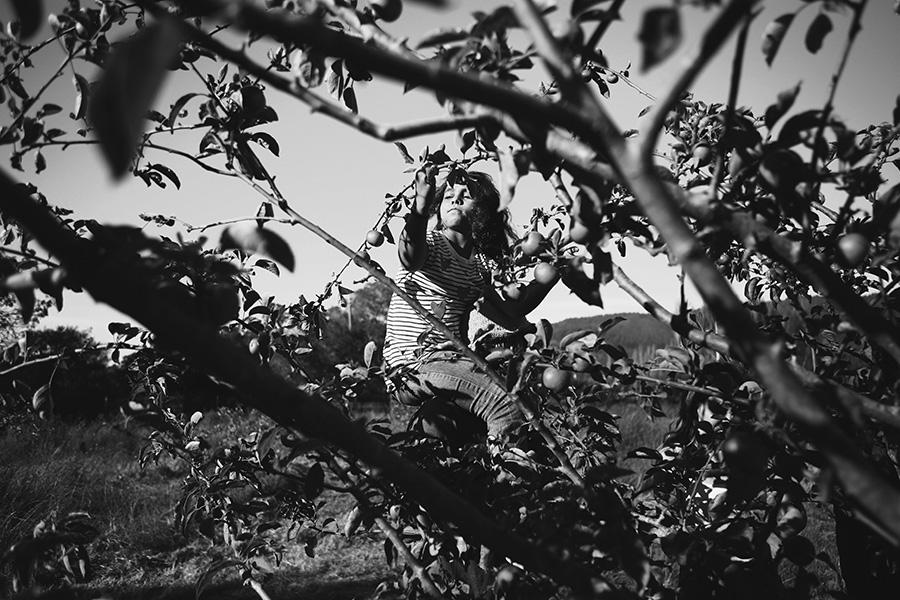Under last Friday’s early October sun, a handful of Bolinas schoolchildren huddled under trees in a nearby orchard, filling buckets and expectant mouths . . .
In Bolinas, helping kids become stewards of land and community


Under last Friday’s early October sun, a handful of Bolinas schoolchildren huddled under trees in a nearby orchard, filling buckets and expectant mouths . . .